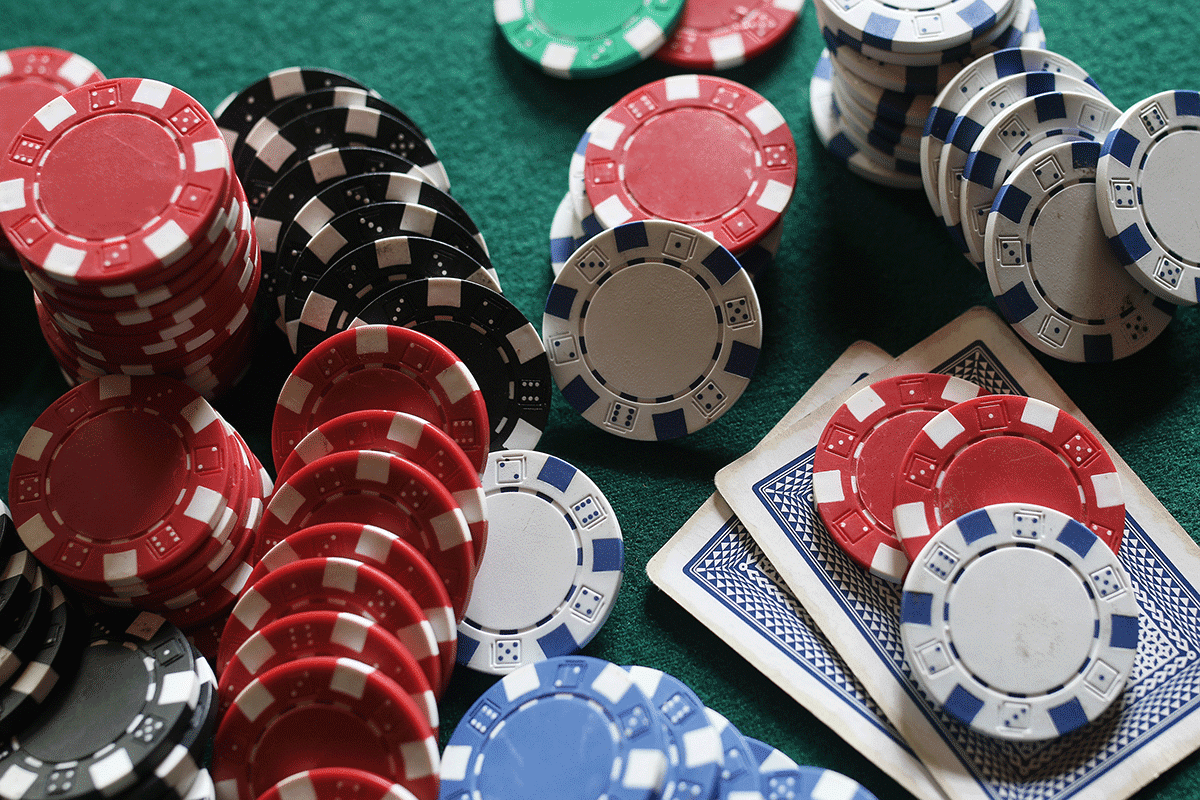Gto Poker
THE GTOX SYSTEM GTO mathematically defines the unexploitable strategy for each decision point in poker. However, the full GTO solution is extremely complex, making it infeasible to memorize every possible spot in the game. GTO poker strategy is superior vs. Good regulars and unknowns, while exploitative play will help you to maximize your win rate when you know how to adopt it against weaker players. The best way is to use a mix of both – GTO poker strategy until you get some reads and then change your game to exploitative play and try to win as much as possible. 4 Benefits of Using GTO. Finally, take a look at these 4 general benefits that result from using solid GTO strategy. Avoid Circular Thinking. A relic of poker training from the 90’s is trying to understand what “level” players are playing at. Level-based thinking starts with you considering only your own hand.
GTO: Paradise Lost is written and illustrated by Tooru Fujisawa. It is a sequel of the main manga series Great Teacher Onizuka. The manga began in the 2014 20th issue of Kodansha's Weekly Young Magazine, published on April 14, 2014. The manga went on hiatus in June 2015 and resumed publication in December of the same year. GTO+ is advanced Hold'em game theory analysis software, with one of the most intuitive interfaces available today. With GTO+, you can quickly build decision trees, fill in any play as you see fit, and let the GTO solver figure out optimal play in the rest of the tree. With GTO+, you can rely on mathematics to always know how to play in any postflop spot.
- The most advanced solving algorithms for calculating Nash-equilibrium strategies in postflop heads-up games.
One of the fastest and accurate GTO solving algorithms available today
Internal analysis and graphing tools
Advanced tree building options (multiple bet sizes included)
Navigate and edit your solutions with an easy-to-use visual interface
Speed
Small savefiles
Database/scripting
Tree builder
Analysis Tools
Graphing system
Converges to 0%
Card Removal

Recalc Lines
Level 1: The MacroAnalysis
The MacroAnalysis evaluates the overall strategy of Hero's range. The primary focus at this level is on range advantage, position and SPR, since typically these factors significantly influence how specific holdings within the range are played.
Range GridsThese grids show the possible hands which each player is likely to hold given prior actions. Hands which are more likely to be in a player's range are shaded darker. The GTOx dashboard juxtaposes both player's ranges since in GTO, strategies are wholly devised based upon how the ranges stack up against each other relative to the board.
Strategy SunburstThe strategy sunburst shows the frequencies of the possible actions at the current node for the entire range, as well as the actions available at prior decision points in the game. This visual depiction of actions can assist users in learning to assess how prior actions define each player's range, which is a critical skill in GTO.
Strategies and EV RegretThis table shows the average frequencies and resulting EV for each possible action for the range as a whole. Also shown is the Range EV Regret for each action, which measures the maximum amount of EV that will be lost if a player takes that action with 100% of the hands in the range and can aid in simplifying strategies. EV Regret is standardized by the pot size so each player can set his/her own EV Regret significance threshold based on his/her experience and skill level. Finally, this table shows 'Fold Leverage', which is equal to the percentage of the opponent's range that folds to each bet at the nash-equilibrium.
Hand Strength TableGto Poker Solver Free
This table shows the average EV, average equity and equity distribution for each player. EV measures the expected number of chips the player will win on average if it follows the optimal strategies. Equity measures the probability of the player winning or tying at showdown if no further betting occurs. The equity distribution aids in an understanding of overall composition of each player's range (e.g. polarized, capped, condensed, merged, etc.).